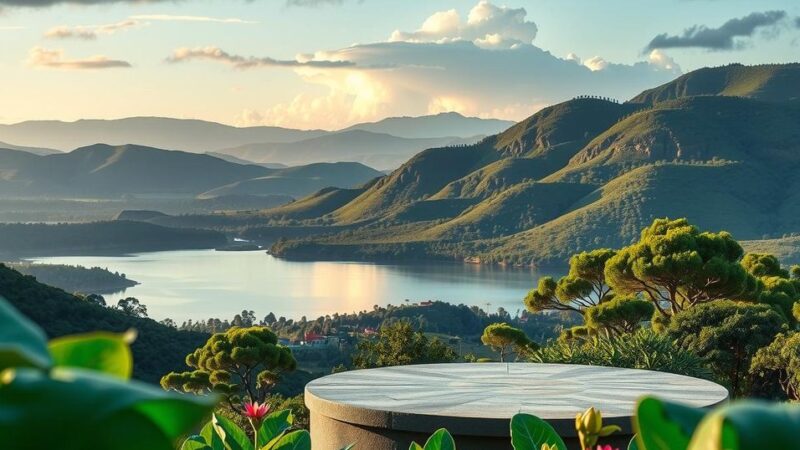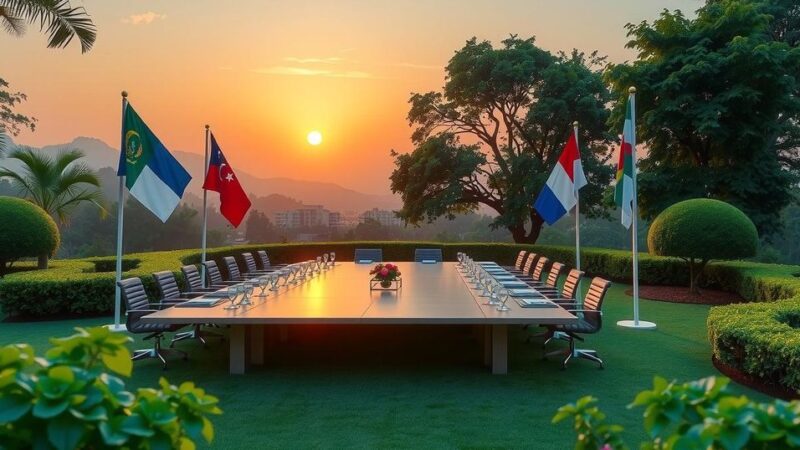The M23 rebels have escalated their insurgency in the Democratic Republic of Congo, claiming control of Goma. Formed from former soldiers citing grievances with the government, the group represents longstanding ethnic conflicts. Tensions involve accusations against Rwanda and the need for political resolutions to ensure regional stability.
The M23 rebels’ insurgency in the eastern Democratic Republic of Congo has intensified, resulting in their control over Goma, the region’s largest city. Despite the group’s call for calm amongst residents, panic prevails as many fear further deterioration of conditions. The Congolese government indicated that Rwandan forces are operating within Goma to mitigate potential casualties.
M23, named after the March 23, 2009 accord that concluded a prior Tutsi-led insurgency, stems from ethnic Tutsi dissidents opposing the Congolese government. Formed in 2012 from former members of the National Congress for the Defence of the People, the group cited systemic issues within the military and the government’s failure to honor the 2009 peace agreement.
In their previous uprising in 2012, M23 briefly seized Goma but retreated after a government counteroffensive. The rebels allege that the Congolese administration has failed to properly integrate Tutsis into military and governmental structures. They advocate for Tutsi interests, primarily against Hutu militias such as the FDLR, formed by Hutus who fled Rwanda post-genocide.
Following the capture of Goma, many locals have been displaced, with the M23 having maintained control over the key coltan mining region of Rubaya, yielding approximately $800,000 monthly from production taxes. Both the Congolese government and international entities, including the United States, have condemned Rwanda for purportedly supporting the M23, a claim Rwanda denies, instead accusing Congo of collaborating with FDLR forces.
The M23 insurgency represents a complex interplay of ethnic tensions and geopolitical factors in the eastern Democratic Republic of Congo. The roots of the M23 rebel group can be traced back to earlier conflicts involving Tutsi and Hutu populations, notably after the 1994 Rwandan genocide. The region has experienced prolonged instability, driving insurgencies and responses from neighboring countries, particularly Rwanda. The historical context of the M23’s formation is essential for understanding ongoing violence and territorial disputes in the area.
In summary, the M23 rebellion, driven by grievances over governmental neglect and ethnic tensions, has led to significant instability in the eastern Democratic Republic of Congo, particularly in Goma. The insurgents’ allegations against the government, coupled with external accusations towards Rwanda, highlight the complex dynamics at play. Addressing these underlying issues remains vital for restoring peace and stability in the region.
Original Source: www.theweek.in






